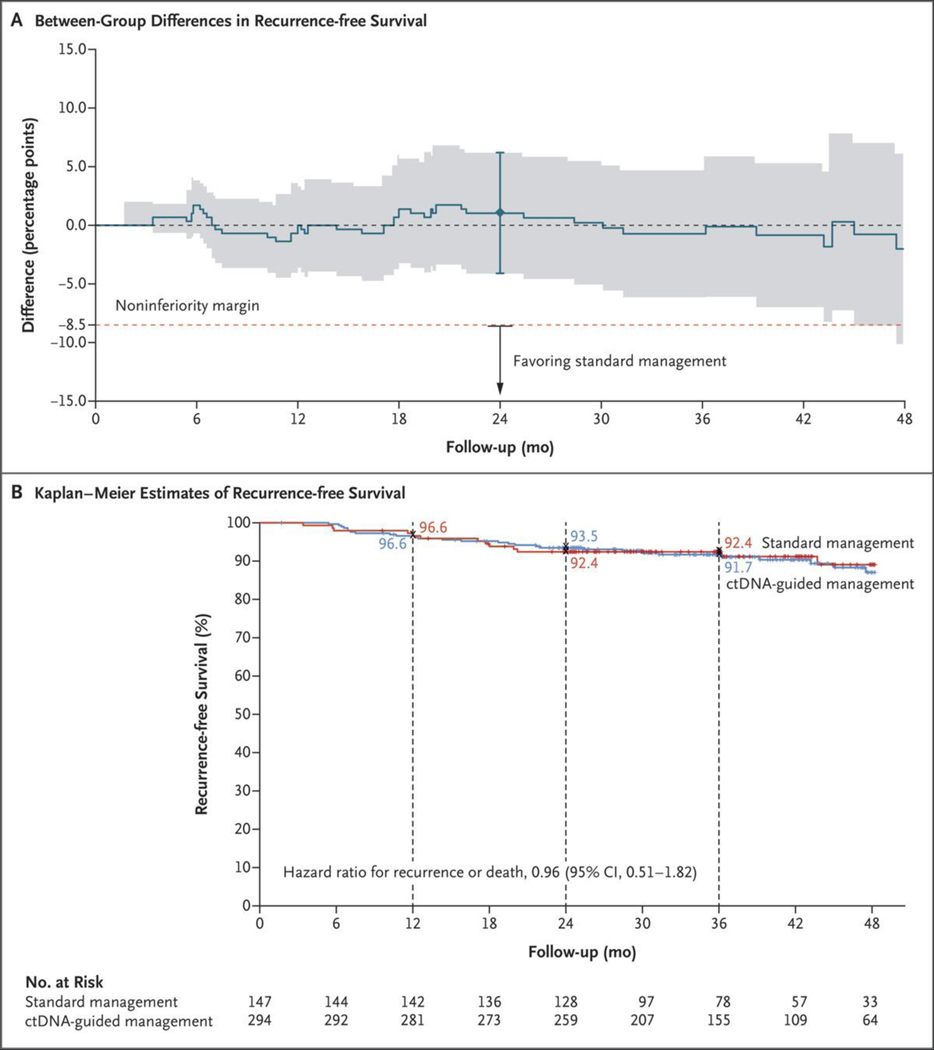Figure 2. Outcomes with ctDNA-Guided as Compared with Standard Management in the Intention-to-Treat Population.
Panel A shows the absolute difference in recurrence-free survival over time between the ctDNA-guided and standard-management groups; shading indicates the 95% confidence interval. The noninferiority margin of −8.5 percentage points for the primary end point of recurrence-free survival at 2 years is indicated by the dashed red line; the 𝙸 bar indicates the 95% confidence interval at 2 years, the lower bound of which (−4.1 percentage points) lies above −8.5 percentage points, which confirms noninferiority of ctDNA-guided management to standard management. Kaplan–Meier estimates of recurrence-free survival according to the assigned management group are shown in Panel B. Tick marks indicate censored data. At 3 years, 91.7% of the patients in the ctDNA-guided group and 92.4% of those in the standard-management group were alive without disease recurrence.

